Take back your health, feel your best, and say goodbye to diet confusion for good! Eating well doesn’t have to be complicated. The animal based diet focuses on high-quality animal foods to nourish your body naturally.
This simple guide breaks the animal based diet down into easy steps, helping you prioritize nutrient-dense foods, ditch processed junk, and make meal prep effortless—so you can thrive without the overwhelm!
This post is all about the animal based diet made easy.
Step 1: Focus on Whole, High-Quality Animal Foods
An animal based diet doesn’t mean you can never eat a vegetable or enjoy a bite of chocolate (yeah, right!). I certainly don’t follow it that strictly. But the foundation of this way of eating should come from nutrient-dense, high-quality animal foods.
Prioritize grass-fed beef, pastured eggs, wild-caught fish, organ meats, raw dairy, and organic fruit.
While vegetables and plant foods aren’t completely off-limits, many people feel better when they avoid the non-fruit parts of plants—like leaves, stems, and roots. That’s because plants produce defense chemicals (like lectins and oxalates) to deter being eaten. In excess, these compounds can be hard on digestion, especially for those with sensitive stomachs or autoimmune issues. Ever eaten a massive salad and felt sluggish and bloated? (No? Just me? Haha.)
Of course, if you’re thriving on your current diet, there’s no need to change a thing! But if you struggle with bloating, fatigue, or gut issues, experimenting with fewer plant foods might be worth a try.
If grass-fed beef isn’t in the budget or available, conventional beef is still a great option—far better than processed foods. Can’t find raw dairy? Opt for organic, full-fat dairy instead. Not a fan of fish (same here)? Go for chicken. The key is to do your best with what you have—don’t let perfection hold you back!
These animal based foods are incredibly nutrient-dense, providing nearly all the essential nutrients your body needs for energy, satiety, and overall health.
Force of Nature is my go-to for top-quality meat delivered straight to your door. It’s 100% grass-fed, regenerative, and ethically sourced—so you get insanely nutrient-dense, flavorful meat while supporting sustainable farming. Win-win! I stock my freezer with the Ancestral Blend Ground Beef and the Bison Breakfast Sausage.
Step 2: Choose the Right Fats
Healthy animal fats—like tallow, butter, and ghee—aren’t just good for you; they make everything taste better! Don’t fear fat! It helps keep you full longer, supports hormone production, and even enhances the absorption of fat-soluble vitamins. It is foundational in the animal based diet.
Butter is simply churned cream—straight from nature. It’s a stable, natural fat packed with fat-soluble vitamins A, D, E, and K2. When it comes to dairy, stick to full-fat options like whole milk, cheese, and yogurt. Low-fat versions are often stripped of their natural nutrients and artificially fortified to compensate—so why not just enjoy the real thing?
On the flip side, do your best to avoid industrial seed oils like canola, soybean, corn, safflower, sunflower, and cottonseed oil. These oils go through intensive refining and processing, making them unstable and prone to oxidation. Over time, this can lead to harmful compounds like trans fats and lipid peroxides, which have been linked to inflammation and other health risks.
Stick to natural, stable fats, and your body (and taste buds) will thank you!
Step 3: Keep Carbs Simple and Nourishing
Carbs can be a hot topic, and the animal based diet is generally low in carbohydrates. That said, carbs from fruit can be a great source of energy while also providing fiber, antioxidants, polyphenols, and essential vitamins and minerals—all the good stuff your body actually needs!
A simple goal when starting out? Ditch the processed grains—think cereals, white bread, rice, pasta, cakes, cookies, pastries, and anything made with white flour… you know the usual suspects! I truly believe that the longer you stick with this way of eating, the less you’ll crave these ultra-processed foods. Real food is just more satisfying!
Step 4: Ditch the Processed Junk
I know—this one sounds obvious. But hey, it needs to be said! If you SIMPLY cut out processed junk food, you’re already on your way to better health—no matter what diet you follow.
Most packaged snacks and anything with a barcode likely contain ingredients your body wasn’t designed to digest. On an animal based diet, the goal is simple: stick to real, whole foods as much as possible. The fewer ingredients, the better!
Step 5: Make Meal Prep Effortless
I first came across the animal based diet while searching for a way to simplify meal prep, end decision fatigue, and spend less time in the kitchen. Turns out, it also happens to include all the foods I LOVE to eat daily!
One of the best parts of eating this way? It takes the guesswork out of meal prep. Just pick your protein, add some healthy fat, throw in a nutrient-dense carb, and boom—you’ve got an EASY recipe for success!
To make life even simpler, I highly recommend batch-cooking your meat at the beginning of the week. Whether it’s ground beef, steak, sausage, chicken, or fish, cooking enough in advance will streamline your meals and save you tons of time. From there, it’s just a matter of picking your add-ins. Sticking to whole, minimally processed foods means less prep work and fewer decisions.
Bottom line? An animal based diet is a total game changer for anyone looking to simplify meal prep.
P.S. A Ghirardelli square of 70% sea salt dark chocolate? Yeah, that’s NEVER off-limits!
Step 6: Support Your Gut and Stay Hydrated
Prioritizing gut-friendly, fermented foods—like pickles, yogurt, kefir, and (ugh) sauerkraut—along with bone broth can help strengthen beneficial gut bacteria and improve digestion. Consider adding these in to enhance the many health benefits you’ll experience on an animal based diet.
Hydration is just as important! But don’t waste money on expensive electrolyte packets loaded with artificial flavors, additives, and sugar. A simple pinch of unrefined sea salt in filtered water does the trick—cheap, effective, and easy!
Step 7: Ditch the Diet Mentality and Enjoy Food Freedom
No need to count calories or track macros—just eat REAL food!
Flexibility is key. Don’t stress. Listen to your body, experiment with what works for you, and adjust as needed. Since switching to a (mostly) animal based diet, I’ve experienced more food freedom and joy in eating than ever before!
My final thoughts
The beauty of the animal based diet lies in its simplicity. Everyone has his or her own take on it, but for me, it means eating mostly animal-based whole foods, high-quality dairy, and fruit. Cut out the processed junk, and trust me—your body will thank you! Keep things simple with whole, single-ingredient foods, and meal prep becomes effortless.
That said, strict rules and rigidity aren’t my thing. I follow an animal based diet most of the time, but there are a few things I will never give up—chocolate (duh), coffee (for obvious reasons), and wait for it… peanut butter.
My advice? Start small, experiment, and find what works for you. You may find, like I did, that this way of eating fits your lifestyle perfectly!
Want to dive deeper into the benefits of nutrient-dense eating? Here are a couple of great resources from experts I trust.
- Paul Saladino – A leading voice on animal-based nutrition and the importance of whole, unprocessed foods.
- The Balance Routine – A fantastic resource for simple, science-backed wellness tips to support a healthy lifestyle.
This post was all about the animal based diet made easy.
other posts you’ll enjoy
Healthy Ground Beef Bowls for Easy Meal Prep
Animal Based Diet Food List: 7 Essentials for Optimal Health

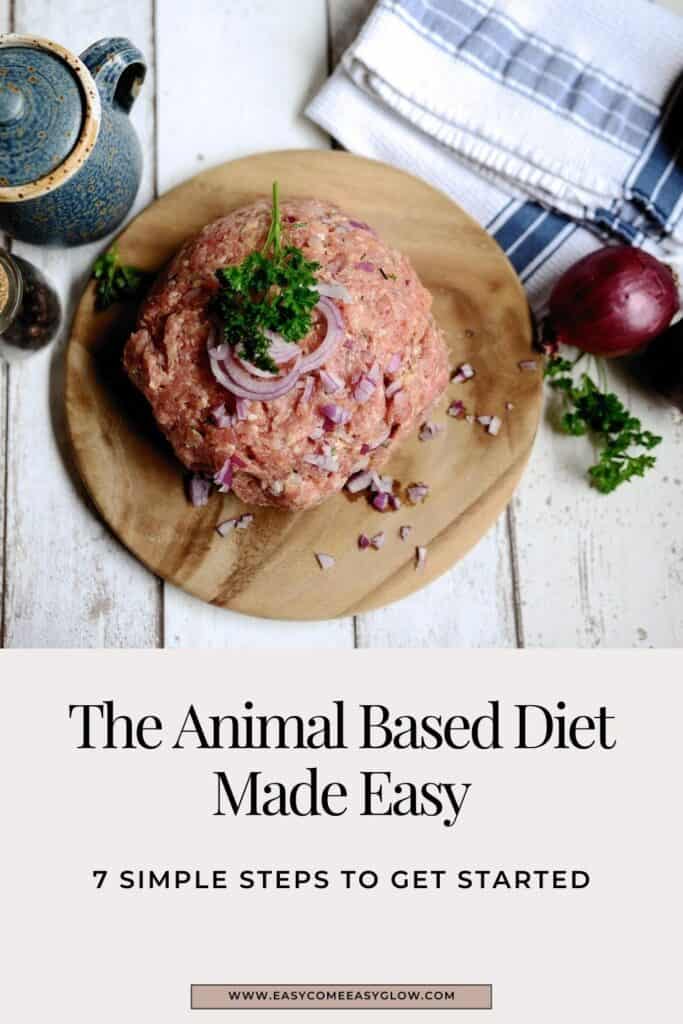
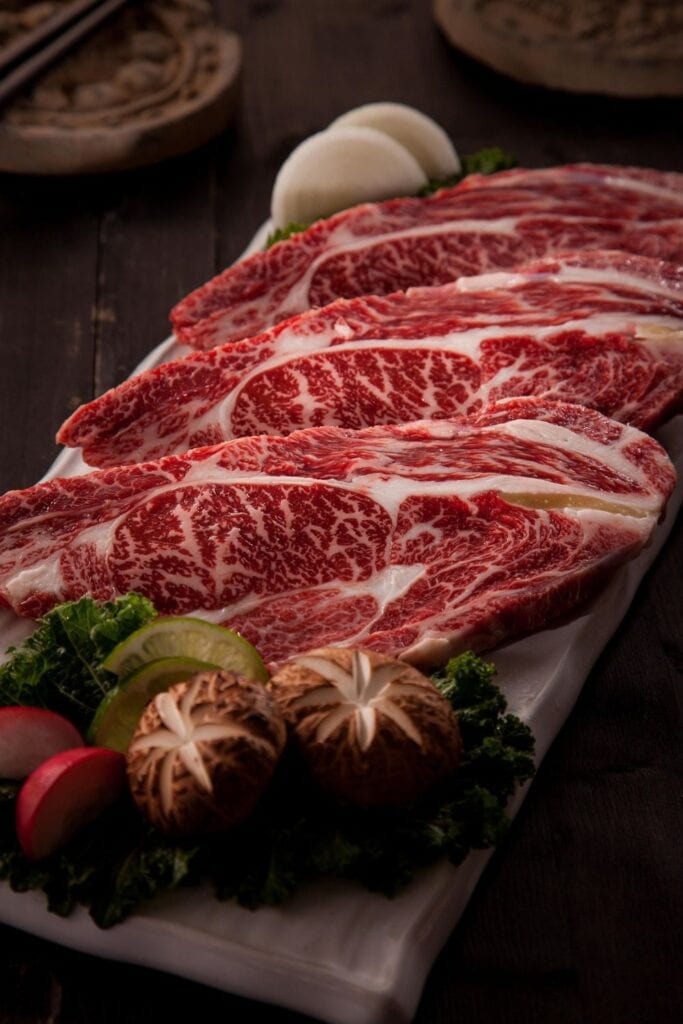


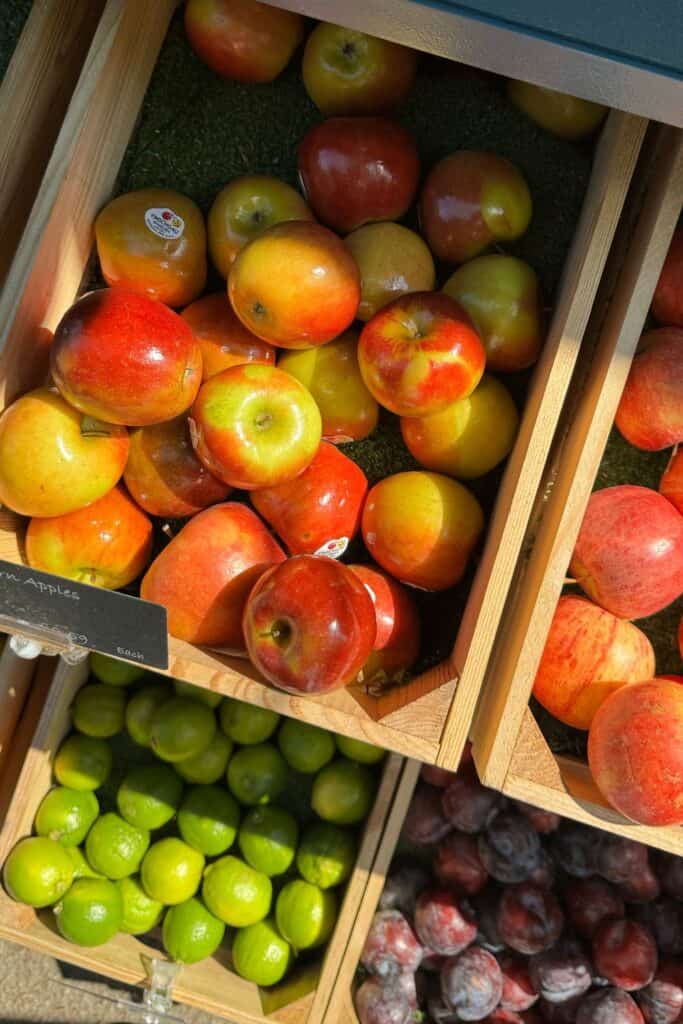

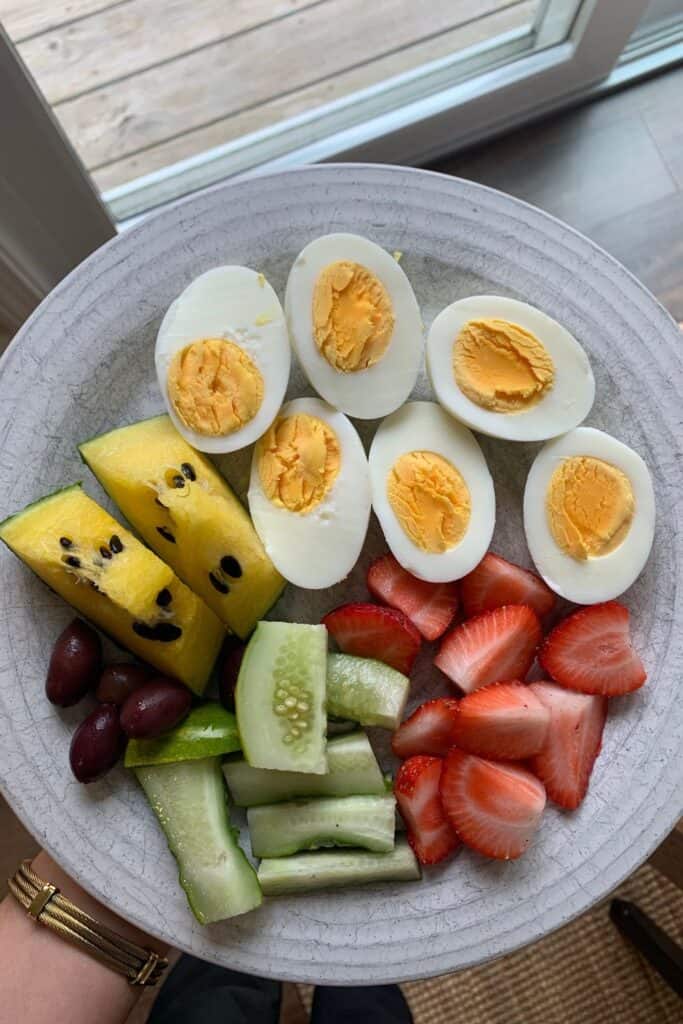

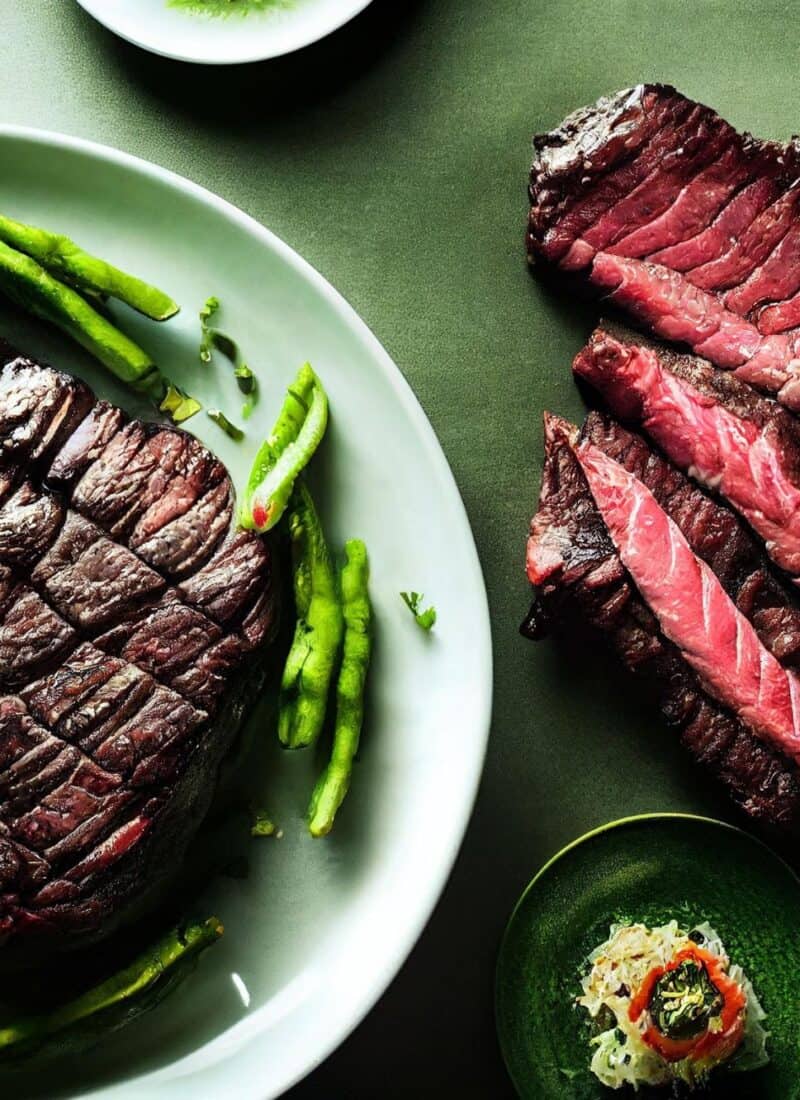
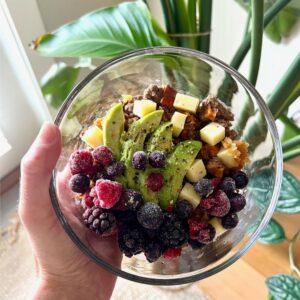
Leave a Reply